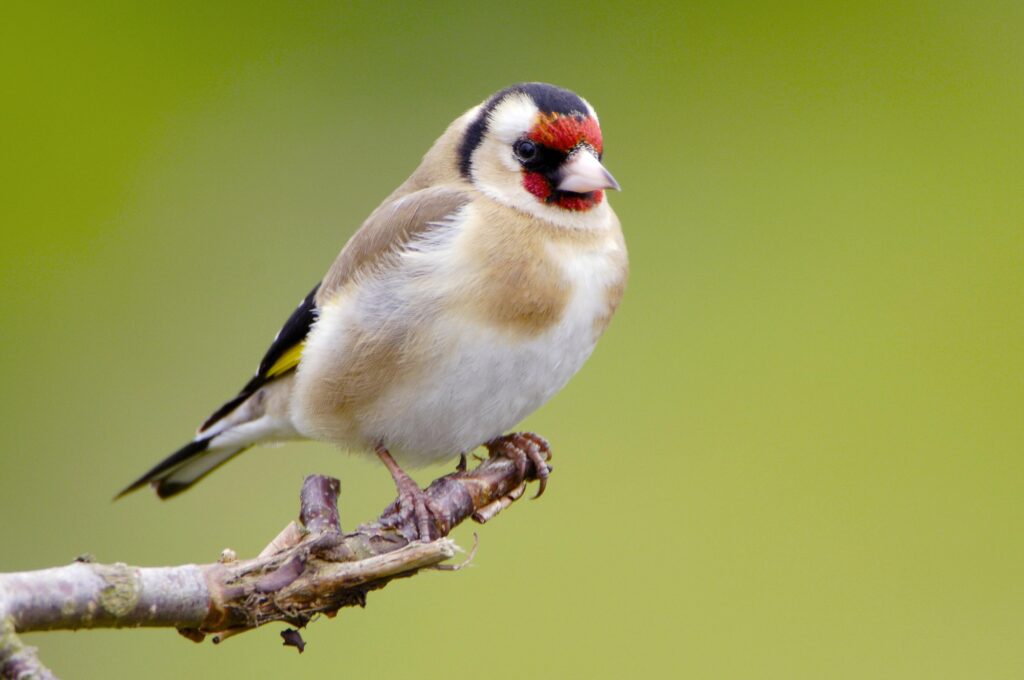SCOTLAND’S terrestrial breeding birds are seeing the effects of climate change due to the hotter and wetter weather, according to a new report.
NatureScot has shown the climate’s impact on the numbers and species of birds thriving in urban, woodland, upland and farmland habitats.
Climate change, which has seen wetter summers and warmer winters in Scotland, has caused increases to some bird populations and decreases for others.
Woodland birds have seen the largest increases, with farmland and urban birds showing slight increases, demonstrating that our warmer summers are attracting some terrestrial birds that would not normally venture north.

18 of the 23 species in the Scottish woodland indicator have increased since 1994.
The biggest increases of over 500% are for chiffchaff, blackcap and great spotted woodpecker.
Bullfinch, great tit, wren, tree pipit, willow warbler, and song thrush have also increased by more than 50%.
The willow warbler is an example of Scotland starting to be seen as a climate refuge for certain species now that we are closer to its preferred temperatures.
The greatest long-term increases in farmland birds have been for goldfinch which was up 358%, as well as whitethroat, great tit and magpie.
This makes these species more than twice as abundant on farmland as they were in 1994.
There have been some substantial long-term decreases in other farmland bird populations, however, including declines of more than 50% for kestrel, greenfinch and lapwing.
25-50% declines have been reported for oystercatcher, rook, pied wagtail and skylark.
Scotland’s upland birds are faring the worst, with a steady decrease since 1994 due in large part to increasing summer rainfall.
Twelve of the 17 species in this category have seen their population drop.
Black grouse, curlew and dotterel have declined by more than 50%, with factors including climate change, forest expansion, and changes in land management practices behind this shift.
Simon Foster, NatureScot Trends and Indicators Analyst, said: “Climate is one of the key drivers of change for Scotland’s breeding birds.
“This new report on the populations of our upland, woodland, farmland and urban species is evidence of the effect our changing climate is having on our biodiversity.
“These changes tend to favour common, generalist species such as goldfinch and magpies which can mask real and significant changes in rarer or more specialist species.
“The report shows how our weather today will affect bird populations in future years.
“With extreme weather such as flooding and heat becoming more prevalent, we must ensure that improving Scotland’s nature and habitats uses the latest science to help deliver the best results.”
The report shows that while the combined population for 66 species of Scotland’s terrestrial breeding birds increased steadily until the mid-2000s, it has since declined – in some cases dramatically.
Terrestrial breeding birds are a good indicator of overall biodiversity, due to their quick responses to variations in habitat quality, through changes in their breeding, survival or dispersal behaviour.

